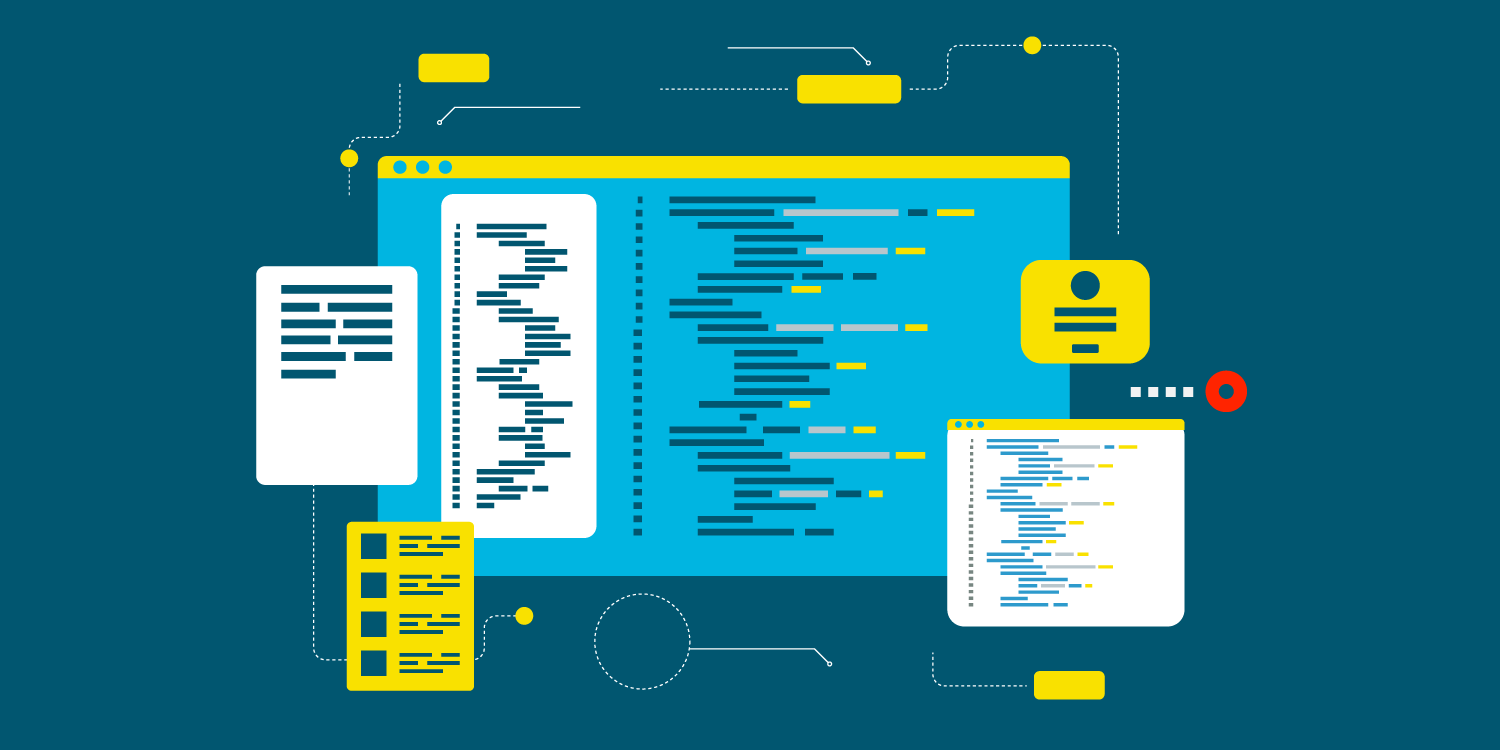In today’s digital-first world, APIs are the backbone of service delivery. From call centers to e-commerce platforms, nearly every customer interaction relies on seamless data exchange between systems. But without proper control, spikes in traffic can overwhelm APIs, leading to delays, failed requests, or even full system crashes.
This is where API rate limiting becomes essential. Rate limiting restricts the number of API requests allowed within a certain timeframe, ensuring system stability, fair usage, and a consistent user experience. While often seen as a technical detail, rate limiting has a direct impact on the performance of many digital services we use daily.
1. Call Center & In-App Communication
During peak hours, contact centers often face overwhelming spikes in requests—whether from calls, live chat, or in-app support channels. By implementing API rate limiting, service providers can prevent over-requesting, ensuring that users still receive timely responses without overwhelming the system. This improves uptime and reduces frustration during high-demand periods.
2. Digital Document & Approval Systems
In financial services, HR systems, or enterprise platforms, approval processes often see traffic surges during cut-off times (e.g., end-of-day reimbursement submissions). Without rate limiting, a flood of approval requests can cause bottlenecks. Controlled API usage ensures that digital document systems remain stable and responsive, even during peak activity.
3. E-Commerce Notifications & Flash Sales
E-commerce thrives on fast and reliable customer engagement. However, when sending promo notifications (via push, SMS, or email) during a flash sale, too many outbound API calls can create spam-like behavior or even crash the notification system. SLA-driven rate limiting balances speed and reliability—customers still get the message on time, while infrastructure stays protected.
4. Freelance Workforce Dispatching
In industries that rely on dispatching freelancers or technicians (logistics, repair, retail support), APIs often handle real-time scheduling requests. If too many stores or clients request support simultaneously, APIs can become overloaded. Rate limiting ensures that dispatch systems remain fair, reliable, and efficient in allocating available resources.
5. Payment Gateways
Digital payments are among the most transaction-heavy services, especially during payday or seasonal shopping events. A sudden spike in requests (salary disbursements, online sales, or promo campaigns) can strain APIs. Rate limiting prevents overload, ensuring payments are processed securely and within SLA commitments.
6. Streaming & Media Platforms
Streaming services rely on APIs for content delivery, user recommendations, and playback controls. During live events or new releases, millions of users may hit the system simultaneously. Rate limiting helps distribute access fairly, preventing service crashes and maintaining smooth user experiences.
7. IoT & Smart Devices
Smart devices—from wearables to home assistants—continuously send and receive data via APIs. During firmware updates or simultaneous status checks, massive traffic can flood systems. Rate limiting ensures device-to-cloud communication remains stable, preventing delays or failures in mission-critical IoT networks.
8. Healthcare Platforms
In digital healthcare, APIs process sensitive patient data, prescriptions, and test results. During public health emergencies or mass testing campaigns, usage surges dramatically. By applying rate limiting, platforms can maintain data availability and integrity, ensuring that doctors and patients receive timely access without compromising system uptime.
9. Travel & Ticketing Systems
Flight booking engines, ride-hailing apps, and event ticketing systems rely heavily on APIs to process reservations. High-demand events like concerts, festivals, or holiday seasons can lead to bot-driven overload. Rate limiting ensures fair access for real customers, while filtering out abusive or automated requests.
Why API Rate Limiting Matters for Digital Services
At its core, API rate limiting isn’t just about protecting infrastructure—it’s about protecting customer experience. By ensuring systems remain responsive, fair, and aligned with service-level expectations, businesses can deliver reliability in moments when it matters most.
In the modern digital economy, customers don’t just demand speed—they demand trust and continuity. With the right API governance, businesses can safeguard both.

